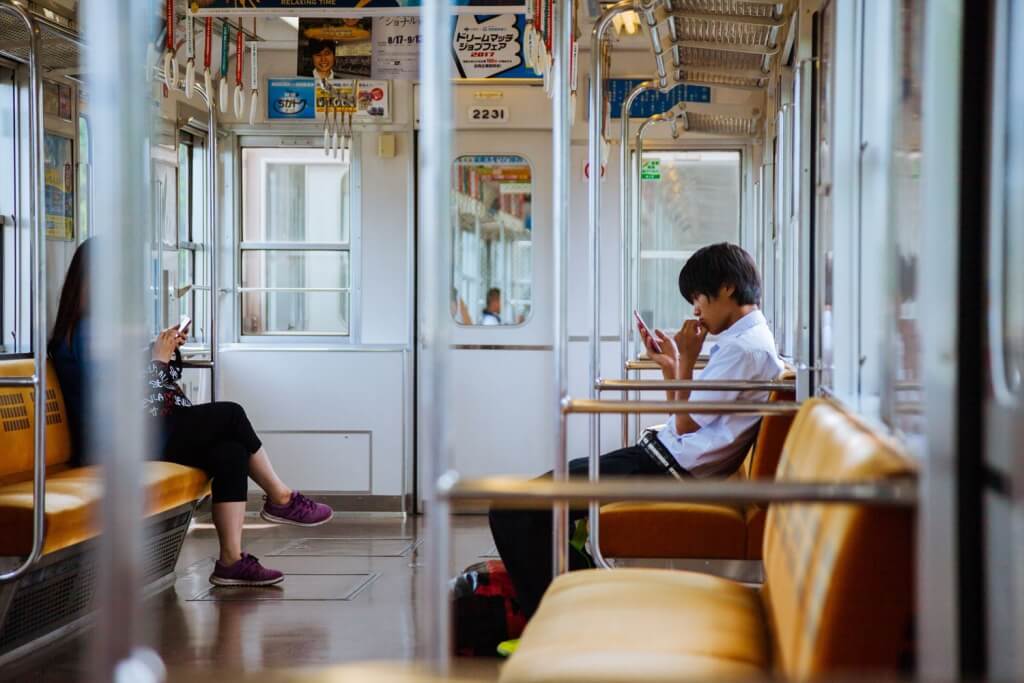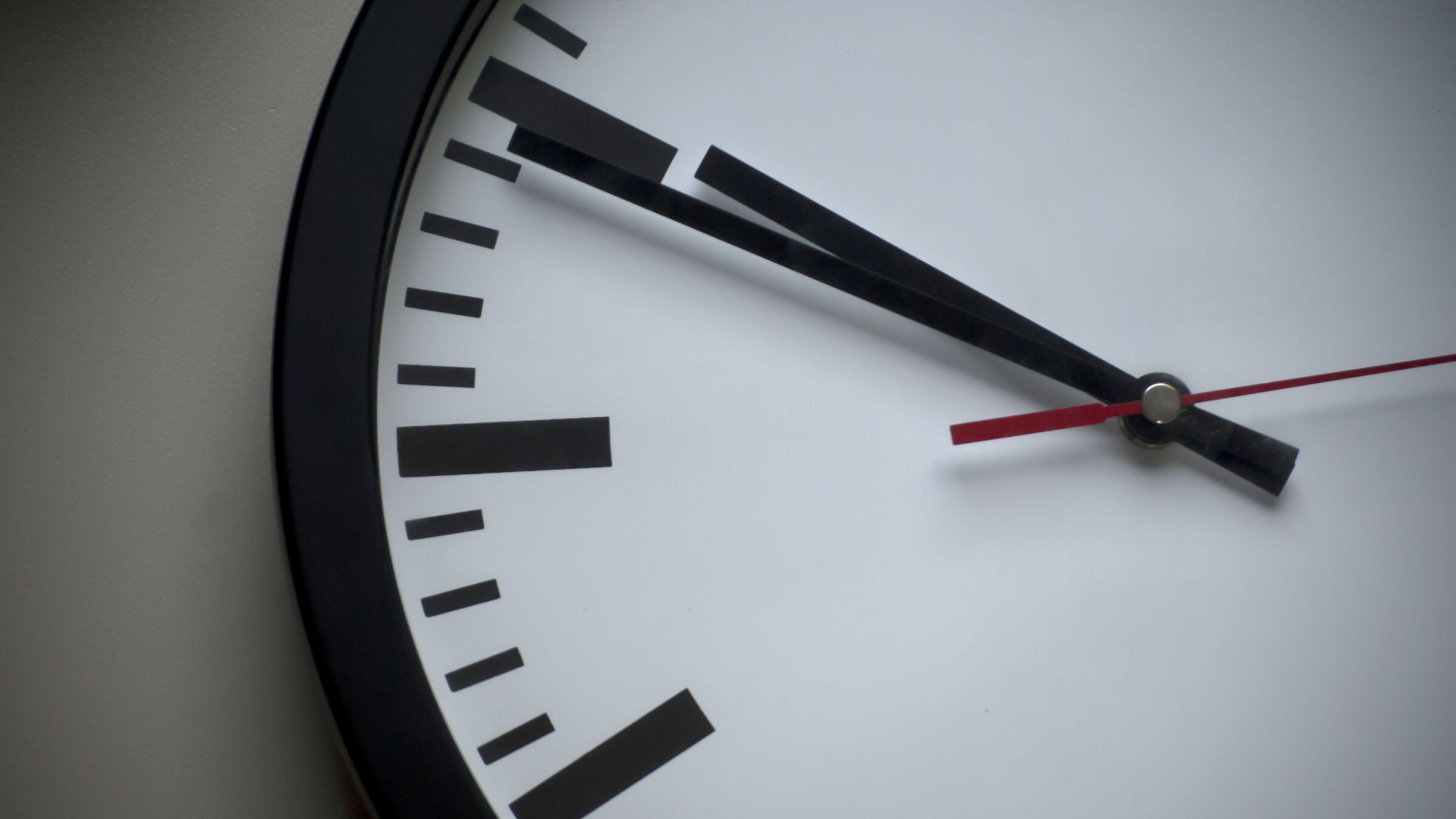The working world has become more flexible. With people working from home or on flexible schedules, the 9-to-5 mentality has become outdated in many sectors. Why should your work/life balance adhere to old ways? We share our ideas for using time creatively.
Rainy Days And Mondays
Old habits die hard, so even freelancers and flexi-timers sometimes find themselves at their desk on a Monday, just because that’s where everyone else is. Rather than sticking to the Monday-Friday routine and scheduling leisure time for weekends, try being productive on a rainy Sunday and allow yourself a day off during the week instead, when the sun is shining.
Go Against The Grain
If you’re lucky enough to have a flexible routine, then make use of that advantage. When others are in the office, you can be in all those gloriously empty supermarkets, municipal offices or museums. More often than not, this means getting more done in less time and with less hassle, and with plenty of work hours left in the day.

Museum Mornings
Be a tourist in your own city, but do it at a time when you can really enjoy the sights. The best time to visit museums and other visitor attractions is usually on weekday mornings, particularly on Mondays and Tuesdays. Rather than queuing up to see that new exhibition on a weekend, see it without a wait and without the crowds.
Shop Smart
Weekday mornings are also the best time to shop. Not only are there less people around, the shelves are stocked, staff are free to provide assistance, and morning deliveries mean produce will be at its freshest. The same applies for clothes shopping (check when stores get their deliveries for the newest styles).
Beat The Heat
In summer, make use of early daylight and cooler temps by rising at the crack of dawn and getting some serious work done before it gets too hot. Then go for a swim to cool down in the afternoon or take a siesta, Mediterranean-style.

Gym Regime
Make the most of your workout time by finding out the least busy hours at the gym. Chances are, it will be mid-morning or late at night, but these times may vary depending on where you live and what kind of clientele works out there. Try out the hours recommended to see if they work with your biorhythm, and then plan an off-peak workout into your schedule.
Optimise Home/Office Balance
Working from home is not for everyone. Neither is working in an office. Often, the advantages and disadvantages are discussed in very black-and-white general terms, like no commute, no distractions and no social interactions at home vs. ease of communication, team integration and information overload at the office. Instead, try finding out which specific tasks you can perform better in a quiet, private environment and save them for a home office day. Get team tasks, meetings and jobs requiring easy access to certain people and facilities done when you’re in the office.
Use Your Commute
Whatever way you travel to work (or coworking space/meetings), there is guaranteed to be a way to use the journey time more efficiently than staring off into the middle distance and wishing science had invented teleportation already…

Read Right
If you’re commuting on public transport, use that quiet sit-down time to focus on reading. There is absolutely nothing wrong with catching up on emails, reading a novel, the newspaper – or even playing Candy Crush. However, the most efficient use of your time is reading pre-loaded work-related documents on your phone, either in PDF format or with the Pocket app.
Listen Up
If your commute doesn’t allow for reading, use your ears instead. Make recordings of important meetings, subscribe to an industry podcast or download audio books on topics you need to research. Listen back to these as you walk or drive to work (or on those horrible days when there’s no free seats on the train).
Work Out On Your Way To Work
Obviously, cycling to work is the healthiest way to start your day, but it’s also a way more efficient use of your time than most other modes of transport. It may well be faster than driving (and getting stuck in traffic) or using public transport. Even if not, you’re doing double duty by getting a cardio session into your commute. You’ll also feel more awake thanks to the oxygen kick before work. You’re doing the green thing for the environment and you’ll likely be saving money, too.
Don’t Use Your Brain On Brainless Tasks
Mindfulness is all very well, but there is no point in wasting it on mindless chores. Instead, try to double up on tedious tasks to free up quality time in which you can really enjoy doing absolutely nothing. Rote administrative work that takes up a lot of time can be performed in the evening in front of the TV, some household chores can be taken care of at the same time as a family meeting. Then, once you’ve ticked off your to-dos, mindfully enjoy your time off.
List It
To avoid work permeating their entire life, some people like to switch off their phone and email completely when they are on private time. If that isn’t an option, try list-keeping instead. If something private comes up during work hours (or vice versa), put it on a separate to-do list, then put it out of your mind and take care of it once you switch back to private mode (or vice versa).
Staycations, Workations And Working Holidays
Working on your holidays may seem like a loss of precious vacation time, but if done right, it can be a gain. Planning one day of work for every week you’re away can make it easier to take a longer vacation and ease the stress of returning to a full inbox, a long list of to-dos and overworked colleagues.














Sorry, the comment form is closed at this time.